This Is What It Looks Like When the Headquarters of the World’s Largest Hunger-Fighting Organization Works From Home
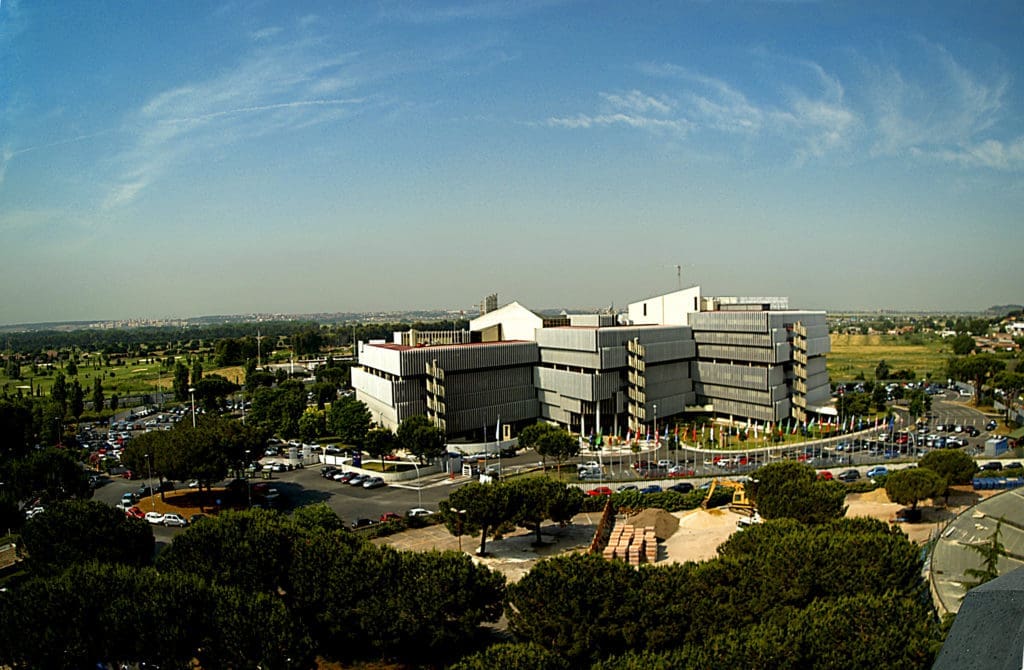
About one third of the global population is now operating under some form of lockdown due to the coronavirus pandemic. So what happens when the headquarters of the world’s largest hunger-fighting organization is suddenly required to work from home? #TogetherAtHome happens.
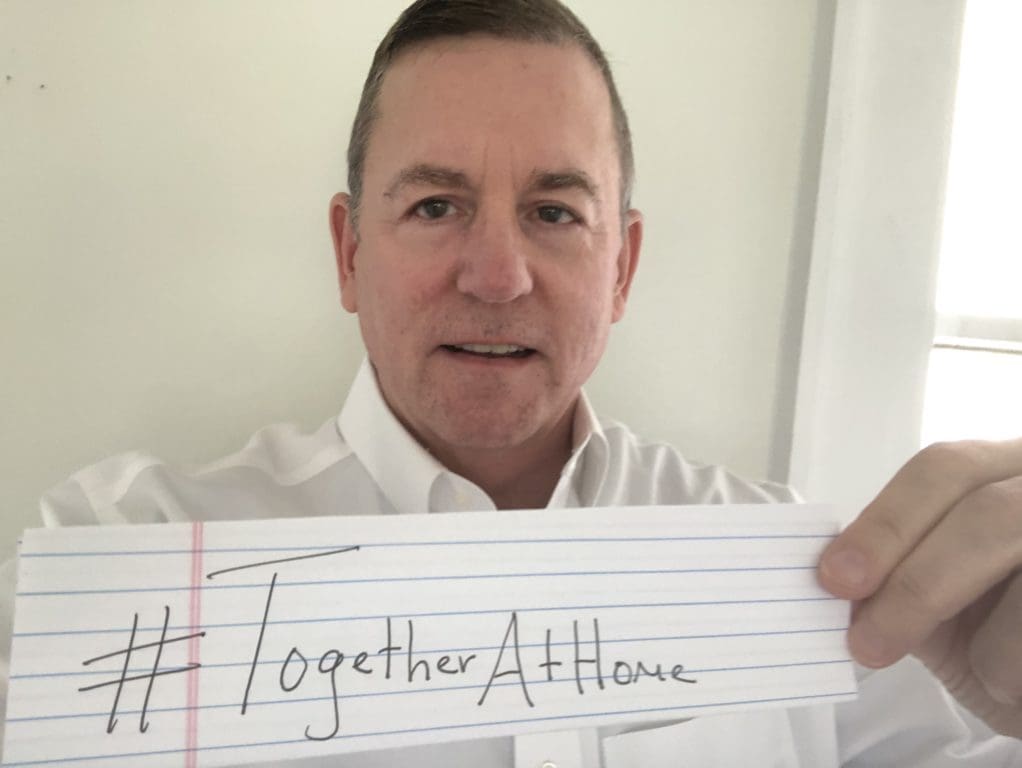
Barron Segar, WFP USA’s president and CEO
The United Nations World Food Programme (WFP) employs over 17,000 people, the majority of which are on the ground in over 80 countries, working to deliver food in the world’s worst humanitarian crises. But at WFP’s main office in Rome, Italy – a country where the virus has taken more lives than any other – more than 1,000 WFP staff have been working remotely since the first week of March. Like nearly all offices, they closed or altered their public spaces to adhere with social distancing measures. The halls are dark and stairwells are designated as either “up” or “down” to prevent essential staff from passing each other. The list of prevention measures goes on and on.
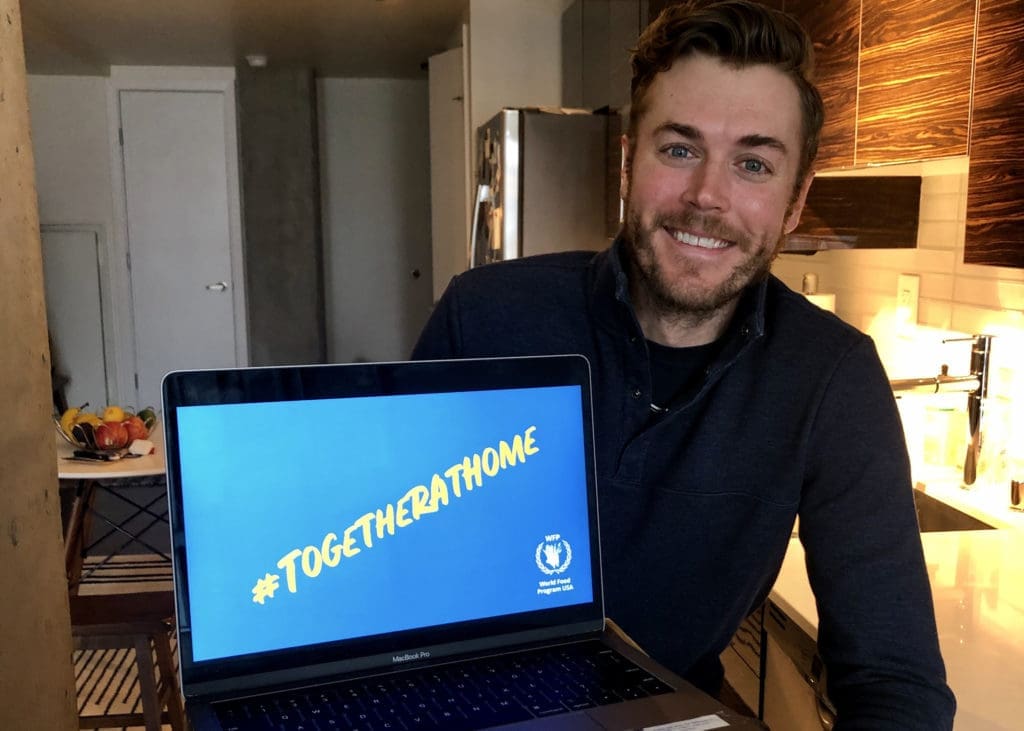
Chase Sova, WFP USA’s senior director of public policy and research
The WFP USA team is small by comparison, but our 30 staff members in Washington, DC have also been working remotely for the last 35 days. We’re carrying on in the American tradition of doing our part to help those who are less fortunate than we are. If we can slow the spread of coronavirus in our own families, our own towns, the nation’s capital, then we can slow the spread to other parts of world where millions of people don’t have refrigerators for stocking two weeks’ worth of food. They don’t have indoor plumbing for washing their hands. They aren’t able to keep away from their elderly loved ones because poverty and war have forced generations of family members to live in the same house, sometimes in the same room. If they get sick, there’s no hospital to go to. There’s no stimulus package or safety net program to carry them through a lockdown.

Elisa Lerner, WFP USA’s manager of digital fundraising

Nonatzin Canche, WFP USA’s manager of social media
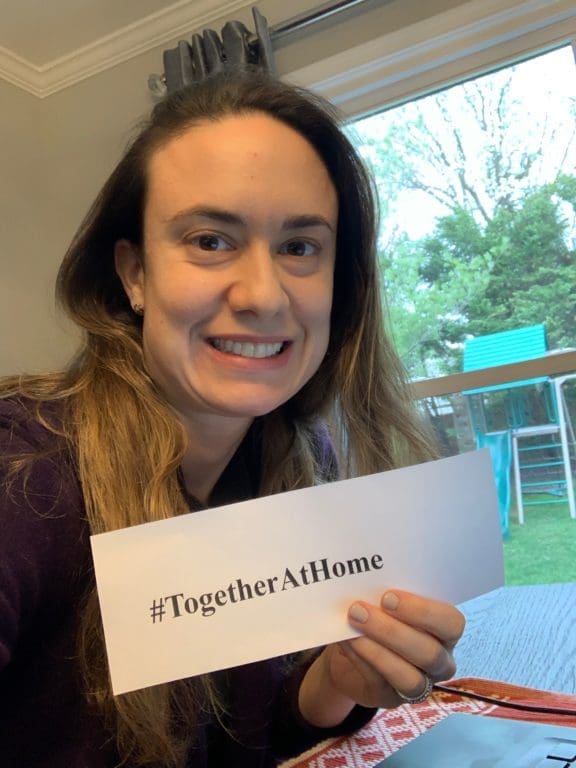
Toula Athas, WFP USA’s senior manager of communications and public relations
In places like Yemen, Syria, the Sahel and South Sudan, the enormity of WFP’s work can’t simply be transferred to video calls and emails. So WFP is finding a way, doing its part to prevent the spread of this novel virus while delivering the food that millions of people rely on.
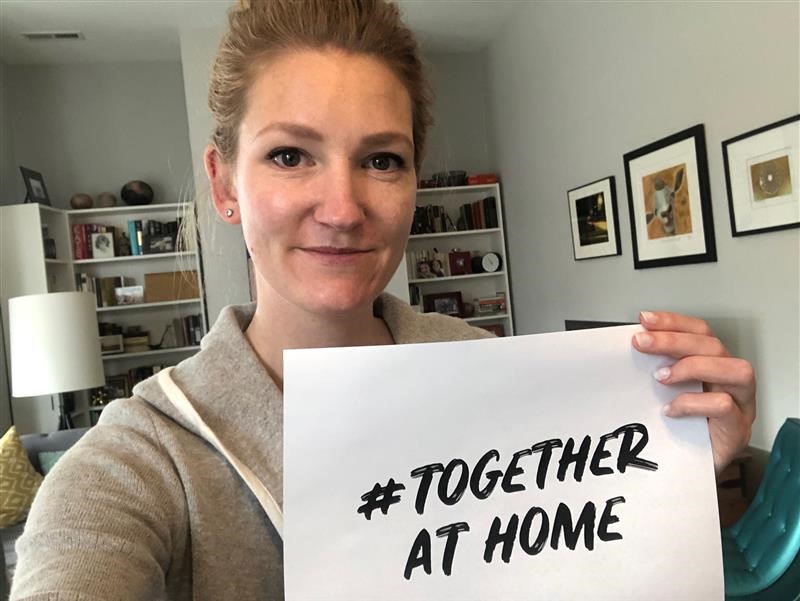
Goldie Pyka, WFP USA’s senior manager of editorial content and brand
The agency has increased the number of food distribution locations and food distribution times to prevent crowding. Markers have been laid out every six feet so people can safely wait in line. Handwashing stations are now commonplace, fashioned from 30-gallon water jugs with spigots set on tables – gravity and a little soap do the rest. Staff are wearing masks and gloves so they don’t unknowingly spread the virus.
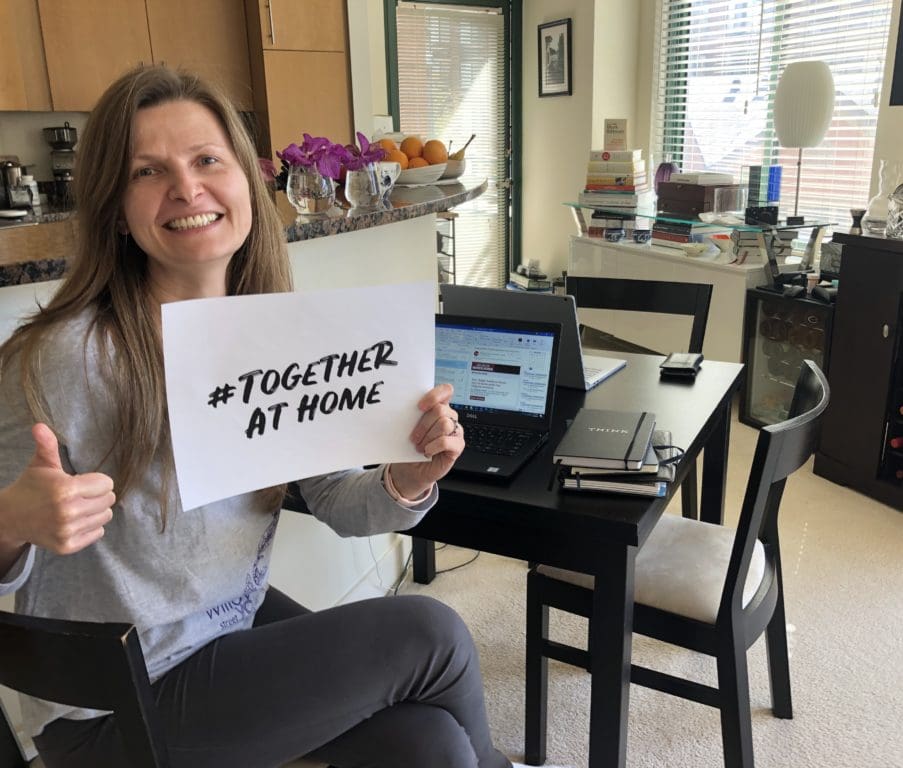
Dorota Amin, WFP USA’s director of corporate partnerships
This is why WFP USA is #TogetherAtHome. We’re working to raise awareness about the vital, lifesaving work of the United Nations World Food Programme. We’re advocating for US policy that will strengthen WFP’s efforts to feed nearly 100 million of the world’s most vulnerable families through this pandemic. We’re raising money that will provide meals to the most at-risk populations: the elderly, the chronically ill, young children, newborns, and pregnant and nursing women. We’re reaching out to our network of corporate partners to bring the power of the private sector into this fight. We’re rallying the troops.
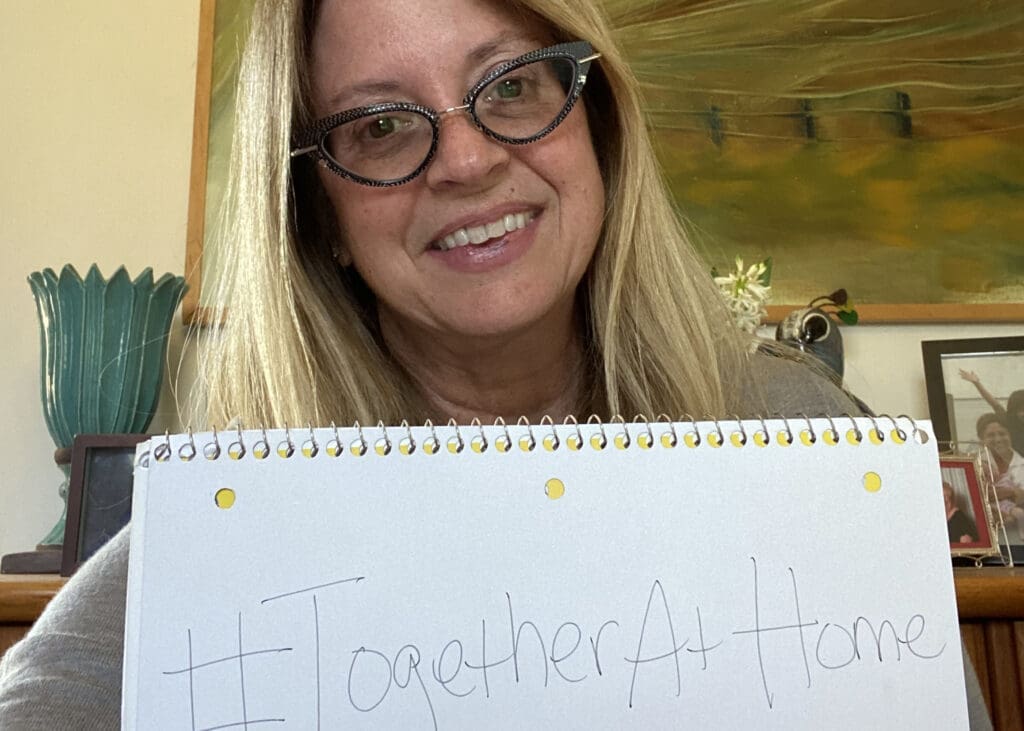
Jessamyn Sarmiento, WFP USA’s vice president of marketing and communications
We’re doing this work from our couches or kitchen tables because staying home is the most heroic thing we can do right now. And we hope you’ll join us. If you’re working remotely: take a picture, share it on social with #TogetherAtHome and tag @WFPUSA.
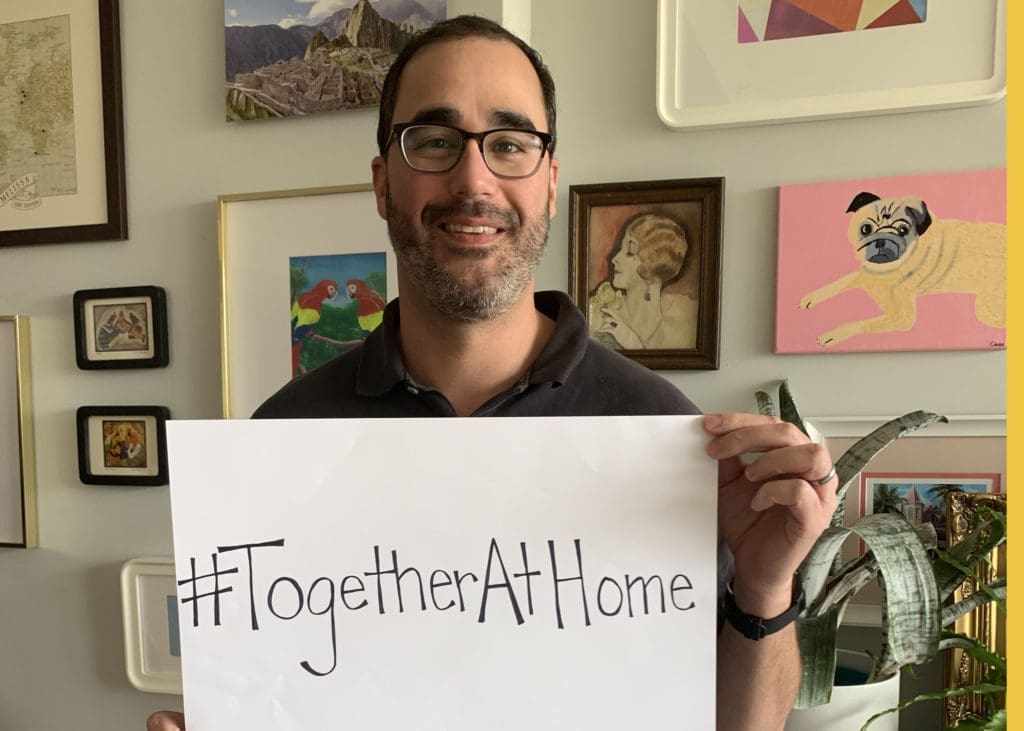
Claudio Silva, WFP USA’s vice president of finance and operations
The world’s most vulnerable families are facing one crisis on top of another: COVID-19 and hunger. WFP needs your support now more than ever to deliver lifesaving food under the unprecedented and costly measures of preventing the virus’ spread.
We can do it. Together. At home.
At WFP USA 🇺🇸 we are committed now more than ever to making sure vulnerable people get the nutrition they need during this pandemic, supporting @WFP’s lifesaving operations around the world 🌏✨. #TogetherAtHome #MondayMotivation pic.twitter.com/U3leu91G6y
— World Food Program USA (@WFPUSA) April 6, 2020




